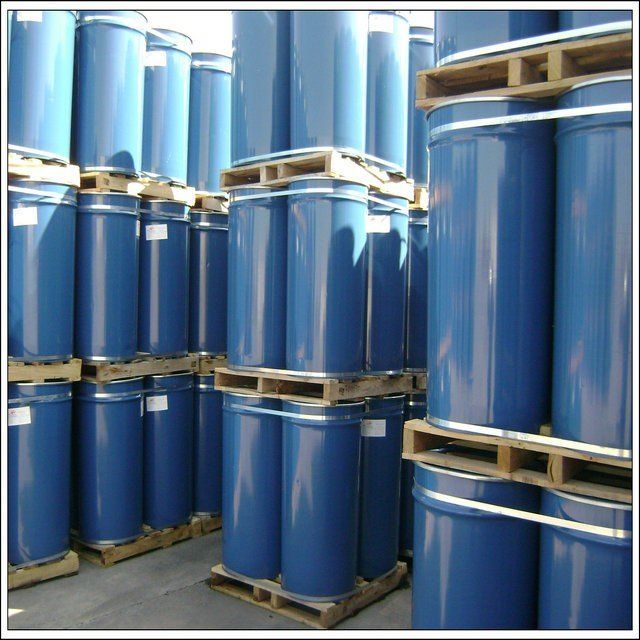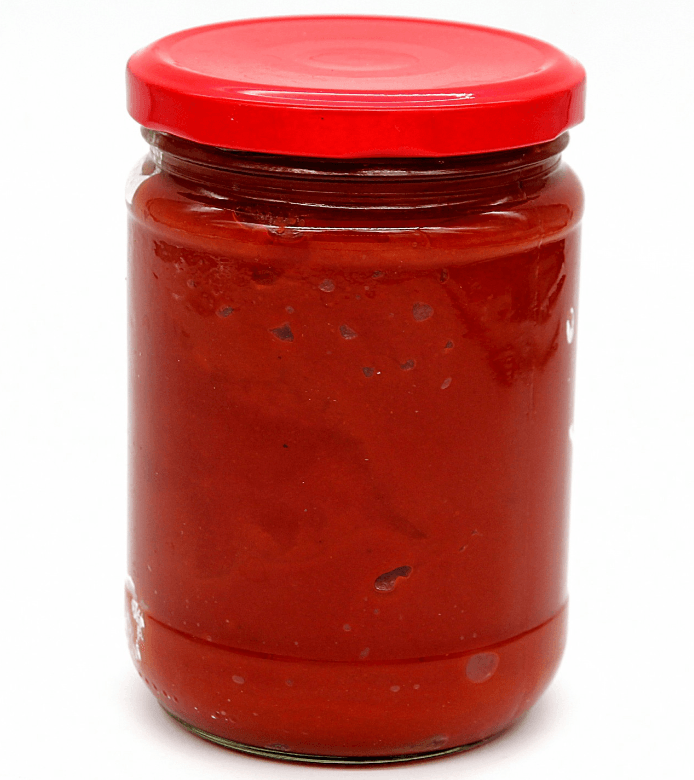Tomato paste
Specification
Introduction
Tomato paste is made from ripe red tomatoes. The finished product is a bright red sauce-like body with the unique flavor of tomato. In addition to lycopene, tomato paste also contains B vitamins, dietary fiber, minerals, protein and natural pectin. Compared with fresh tomatoes, the nutrients in tomato paste are more easily absorbed by the body.
Tomato sauce is widely used in Western food, and is gradually becoming one of the important condiments in Chinese food. It can be directly added into sandwiches, hamburgers or French fries. Besides, salt, sugar, garlic and other different kinds of condiments can be added into tomato paste to gain different kinds of flavor. In Chinese food, it is used mainly for the sweet and sour flavor as a substitute for vinegar.
After being chosen and cleaned, the tomatoes are initially broken. The seeds will be removed then to avoid making the tomato paste taste bitter. After that, the crushed tomato will be heated.
Now there are usually two kinds of heating process and the main difference is heating temperature and time. For the low-temperature heating(usually called low-temperature crushing), the crushed tomato will be heated to about 60℃ and then directly sent to the pulping machine. For the high-temperature heating(usually called high-temperature crushing), the crushed tomato will be heated cyclically to about 85℃ for a period of time, and then the heated tomato will be sent to be pulped. Higher temperature and longer heating time will remove the enzyme in the tomato to make the viscosity of the tomato paste higher. On the other hand, the low-temperature heating can keep the flavor of fresh tomatoes better, and the color of the tomato paste will also be brighter.




